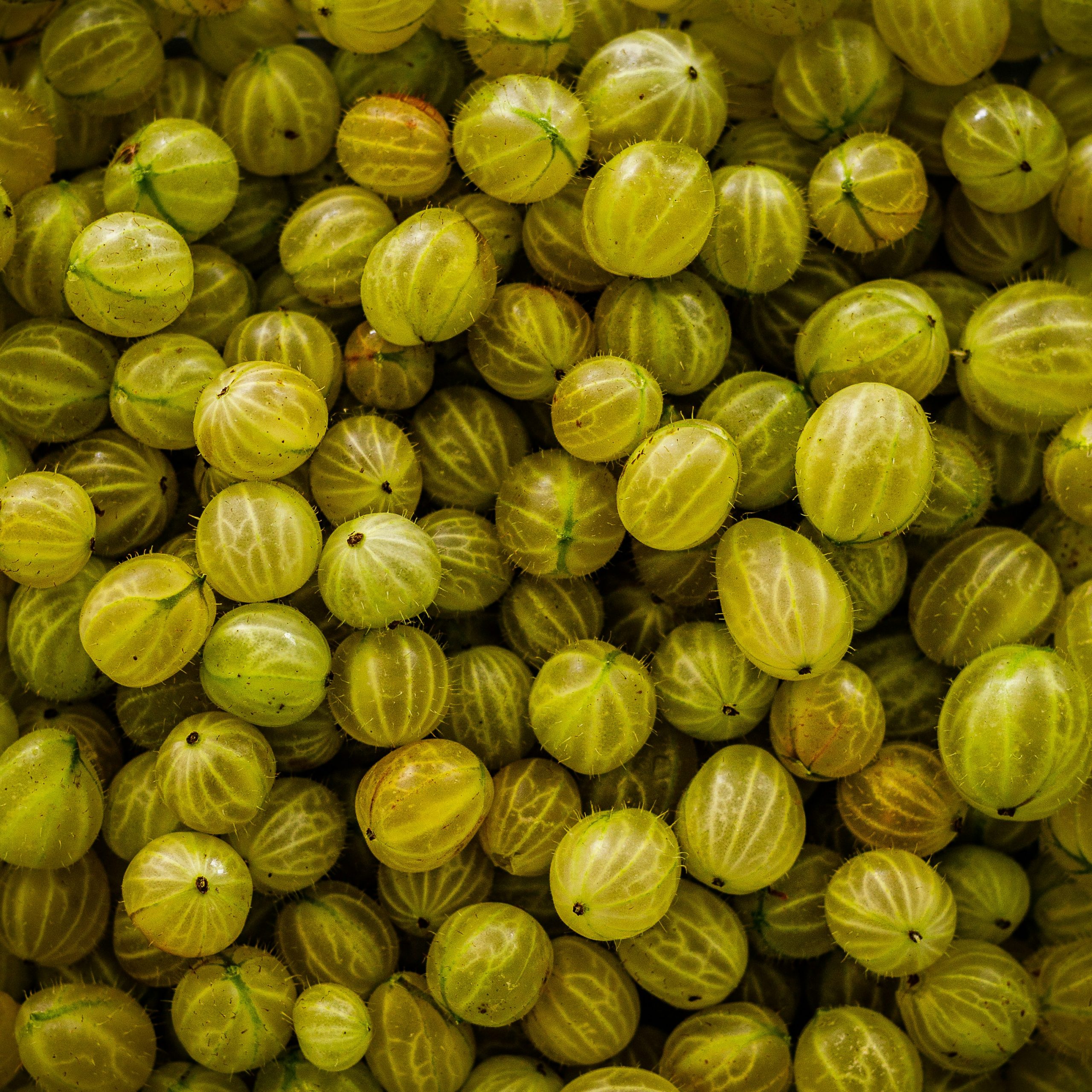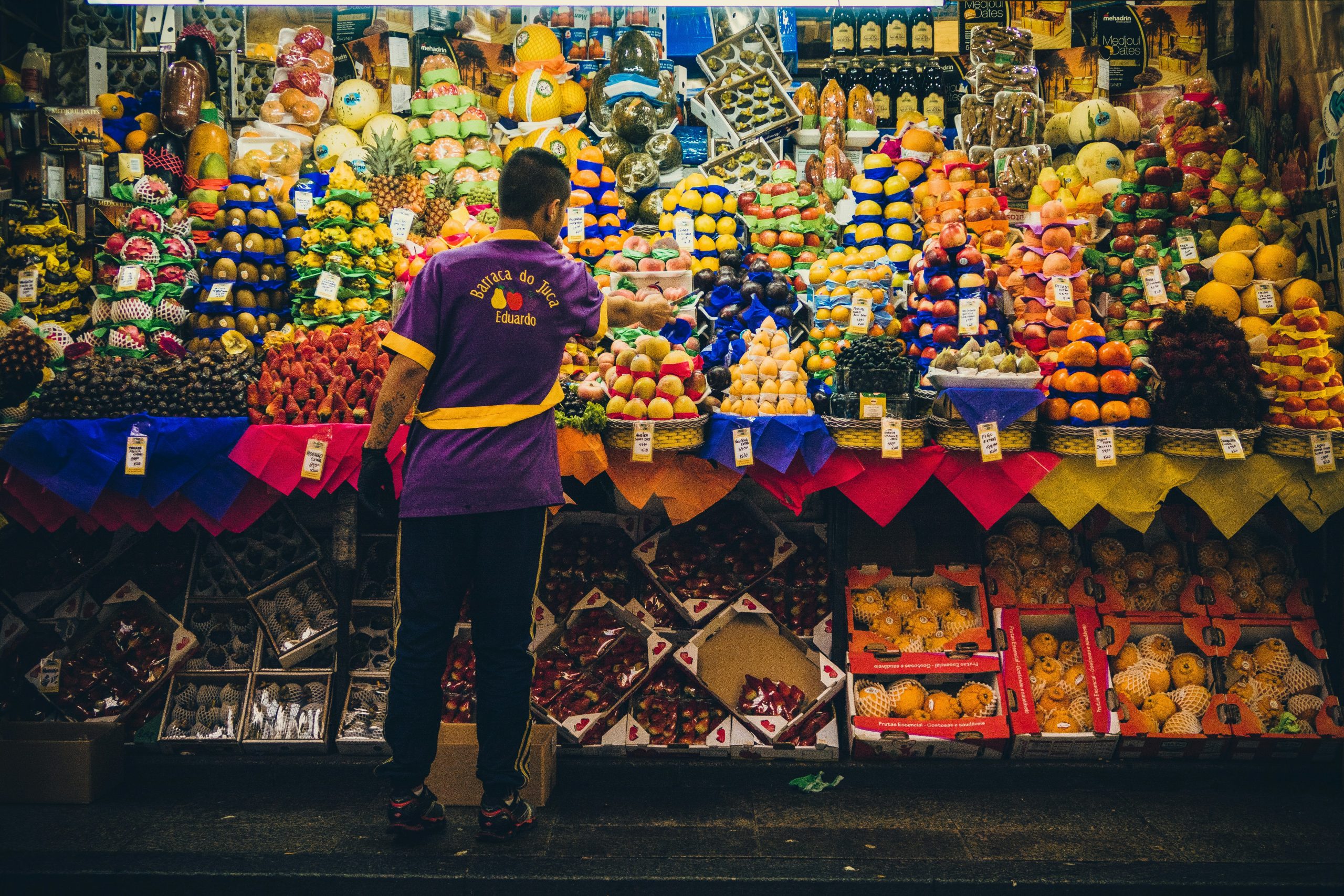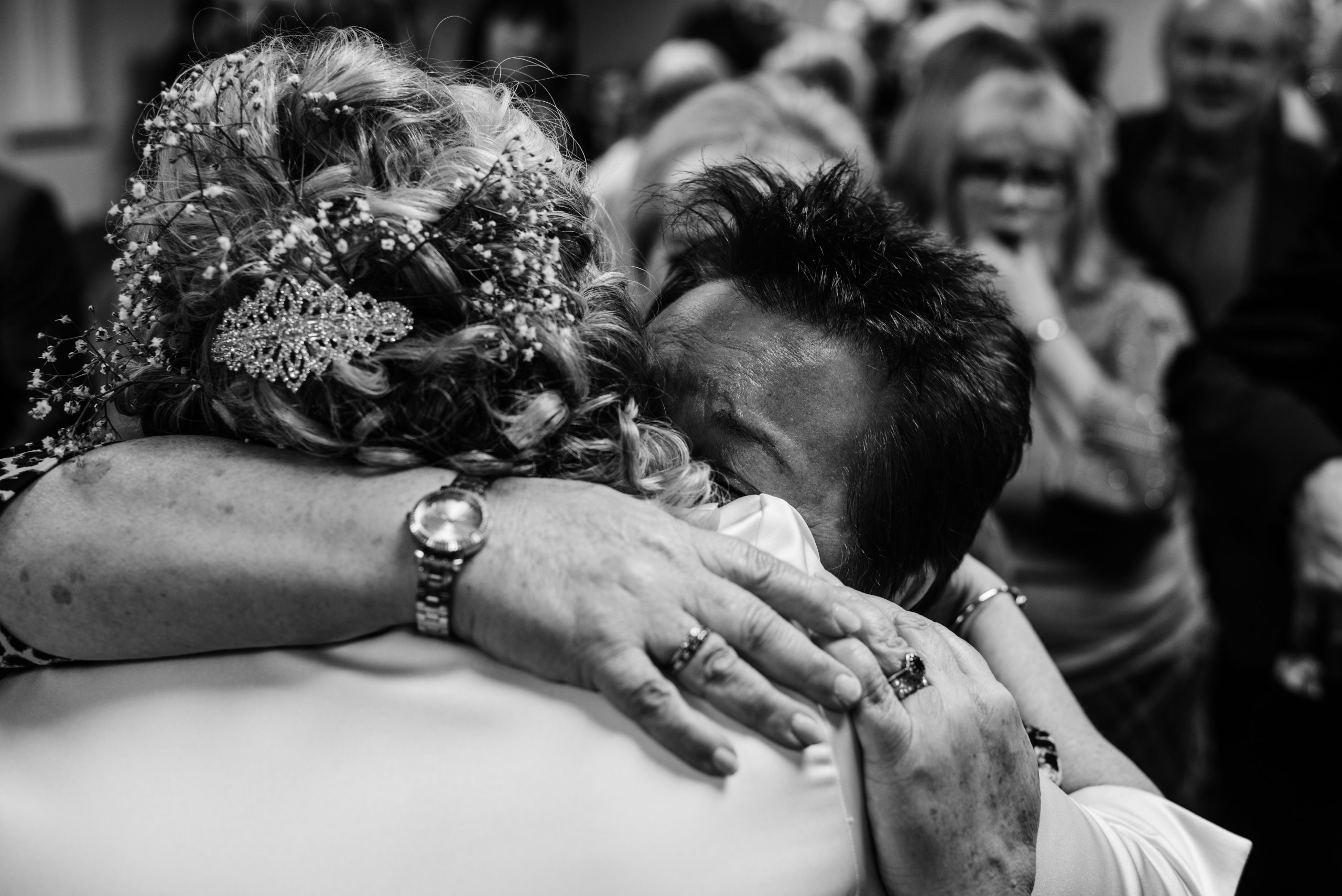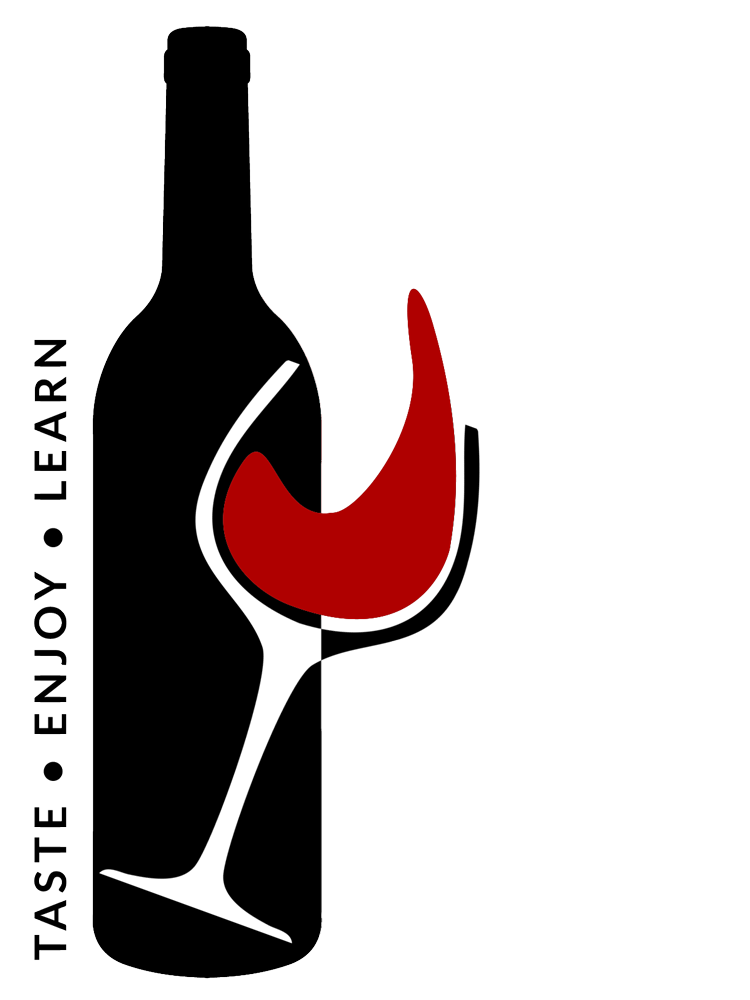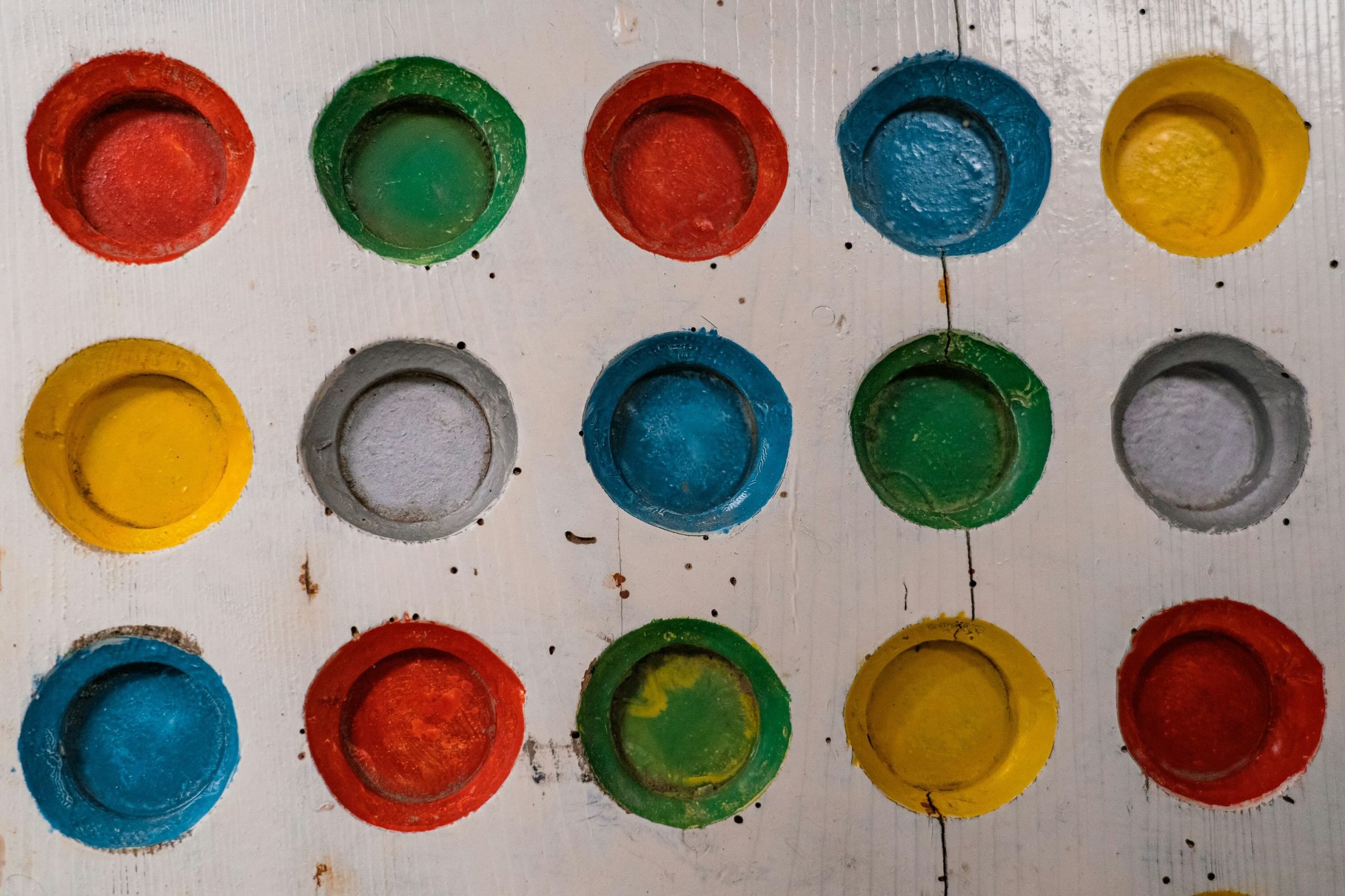Tools of the trade… picking the perfect glass for the MW exam
The practical part of the Master of Wine exam is one of the hardest undertakings I have ever experienced. It is not only an intense academic experience, but a physical one too. In just over two hours you have to correctly identify (or get… The post Tools of the trade… picking the perfect glass for the MW exam appeared first on Around the World in 80 Harvests.

The practical part of the Master of Wine exam is one of the hardest undertakings I have ever experienced. It is not only an intense academic experience, but a physical one too. In just over two hours you have to correctly identify (or get within a whisker of correctly identifying) 12 wines, and answer rather extensive questions about their origin, variety, quality, winemaking, style and market positioning. With the amount you are expected to write, you really only have 60 seconds or so to identify each wine.
Combined with the nerves and adrenaline of exam pressure, it is a rather exhausting two hours. And then you have to do it all over again the next day. And again the following. There isn’t any room for having an ‘off’ day or performance if you want to pass, you need to get top marks each day to make it through.
The first time I sat the practical exam, that experience was chased with a three hour written theory exam each afternoon. And then to top off the week, a final day of six more hours of theory exams. It totals almost 22 hours of exams in four days, and is not for the faint hearted.
I passed theory on my first attempt, but had to take a second go at the practical. My results the first time around for the practical were rather disillusioning… I have pretty much always been a ‘straight A’ student, and when you see C, D, and (shock, horror!) an E, it is heartbreaking. Especially as I felt I worked as hard as I could to prepare for the exam. I knew for the second attempt I had to somehow up my game.
Living in Argentina is a major disadvantage for the practical exam. As a country without any wine imports, there is no chance you can taste everything you need to in order to be prepared. Out of the 414 Masters of Wine in the world, not one of them has passed the exam being based in South America. So I knew I had to work even harder to make this work for me.
While in Argentina, I spent several months preparing for the exam with the same intense study as I had for the theory part of the exam the year before. I filled several folders with notes and revision of all the wine regions, grape varieties and winemaking techniques of the world. So that when I touched down in England, I could hit the ground running. I planned to focus intensively on tasting for that two months running up to the exam.
The only weapon you have in the practical exam are your wine glasses. On my first attempt, I went for practicality. Stemless. It seemed smart at the time, but as a friend pointed out a couple of months after the exam, the flat bottom is a handicap. It simply doesn’t elevate the aromas like a rounded bottom does. He also recoiled at the thought that stemless glasses made it far more likely that I would be smelling my hands than the wine.
I certainly didn’t notice smelling my hands at any point with the stemless glasses, but I did know that different glass shapes give you a different tasting experience. Many years ago my mind was blown with a wine glass tasting experience hosted by Riedel which really did show how different shapes and sizes give you a totally different appreciation of the wine. I don’t really know why I hadn’t put much more thought into the glasses I would use before sitting my exams the first time around. But I knew this time that I didn’t want to miss out on any nuances hiding in the glass, I needed all the help I could get.
As I started to look into what stemware would give me my best shot at passing, I received a rather serendipitous email. The PR for Kurt Zalto’s new wine glasses was offering me a chance to test run the new Josephinenhütte range. “Perfect timing!” I responded enthusiastically. While waiting for the glasses to arrive, it gave me a welcome opportunity to procrastinate a little while reading the fascinating story of Mr Zalto.

Kurt Zalto
Kurt Zalto is a sixth generation glass designer. He was born with a fascination for glass, it seems to run through his veins. “My passion for glass was practically laid in my cradle,” he wrote to me in a later email. “As a little boy I was already fascinated by the skill of the glassblowers in my father’s glass-studio, their hard work by the glowing furnace. At home, I always sketched and tinkered, and the vision of wanting to create something special out of glass matured in me early on.”
He did make something special out of glass, and Kurt Zalto’s name certainly precedes him in the wine world today… At his eponymous glass company he made one of the world’s most famous and sought-after wine glasses, simply known in the trade as ‘the Zalto’. But in a twist of fate, Kurt was pushed out of the company by investors and so now has started over with his new company and the Josephinenhütte, or Josephine, collection. These were the wine glasses I was invited to try out.
Four perfectly packaged boxes, wrapped in ribbons, arrived in the post and I indulged in tasting different wines from each of them to see how each performed. The first thing that struck me was the beautiful kink in the middle of each glass. Like a cinched in waistline. The theory behind the kink is that it allows the aromas to evolve within the glass faster and express more intensity. This all sounded like exactly what I wanted for my exams and speed tasting. More aromas and intensity please!
 I did a comparative tasting with some Riedel’s I had to hand, and the Josephine’s definitely held their own. Certain wines tasted better in certain glasses, as you expect. The Champagne glass was by the far the biggest I have ever seen, and it elevated the tasting experience of Champagne by three fold. The red wine glass was a joy to swirl and taste from, and it equalled some of my large Riedel glasses for the experience of enjoying bold wines. While the white wine glass kept the wines precise and focused.
I did a comparative tasting with some Riedel’s I had to hand, and the Josephine’s definitely held their own. Certain wines tasted better in certain glasses, as you expect. The Champagne glass was by the far the biggest I have ever seen, and it elevated the tasting experience of Champagne by three fold. The red wine glass was a joy to swirl and taste from, and it equalled some of my large Riedel glasses for the experience of enjoying bold wines. While the white wine glass kept the wines precise and focused.
But what I needed was one glass that would work for all wines. In an ideal world, you would have one wine glass shape for every wine, but you have no such luxury in the MW exam. You have no idea what you are going to be served, and your glass must be just as capable of showing you a 25-year-old Maury vin doux natural, as a glass of cheap Mateus (both of which were in my exam this year). I needed the ideal exam scenario glass.
This is the philosophy behind Jancis Robinson’s glass (which I admit, I haven’t had the chance to try yet). And Kurt Zalto made his ‘Universal’ glass for this purpose too. It is big enough to be able to convincingly open up a dense, brooding Bordeaux, but not big enough to lose the delicacy of a Kabinett Riesling (also both in my exams). The Universal Josephinenhütte ticked all the right boxes for me in my wine glass road test, and so I enquired about how to get hold of 12 for the exams. As they hadn’t yet launched in the UK, they generously offered to loan me a set for the exams and my preparation tastings. (A side note here, you definitely want to be tasting in the preparation with the glasses you want for the exams — colour depth and density is a crucial key to some wines and changes dramatically in different glass shapes. And the glasses are now available in the UK.) It was a dream come true, and knowing I would have a set of really good glasses for the exam gave me that extra boost of confidence I needed.
What exactly goes into a glass design, I procrastinated further, to make it a ‘good’ wine glass? “At its core, the essence of a wine glass lies in its functionality,” Kurt embellished when I asked. “For me, the balance and lightness of a wine glass hold paramount importance. Ideally, it does not feel like a barrier between the wine and its beholder. It should feel like you’re holding the wine in your hand.”
It did feel like I was holding the wine in my hand. Now this is the bit that has always scared me about fancy wine glasses… how light they are. Wine glasses, even the chunky cheaper ones, don’t last long in my household. And I live alone, so I can’t really blame anyone other than my cat.
I was more than nervous having a set of delicate loaners to take them through their paces of tasting for two months. The paper-thin feel and delicacy can be quite intimidating. But the Josephine glasses are actually impressively robust. I hauled them around in a cardboard carry case on the train, tube, bus, car, and by foot for two months. I washed them in kitchen sinks and bathroom sinks. And when one glass fell from my desk on the very first day of the exam, to my heart-palpitating relief, it bounced!
“I am glad you’re mentioning this,” Kurt told me after my exam. “Many of those who hold the glass in their hand for the first time are cautious about using it. As you grow more accustomed to the glass you realize that they are quite sturdy despite their thinness. The secret lies in a combination of using high-quality crystal glass material, the mouth-blowing process, the shape, and the annealing of the glass – meaning slowly cooling it down over several hours in order to remove tension in the glass. I find great pleasure in the fact that traditional mouth-blowing techniques are still superior to machines.”
The Josephines did feel superior to me, and I found great pleasure in them. I am not saying that I passed my exam this time purely based on my wine glasses. Believe me, I worked my arse off and left everything on the table. But I also worked those glasses. And they passed my rigorous test.
There are plenty of MWs who have passed using the simple technical ISO glass. So you can certainly pick your weapon of choice. But I am grateful that my weapon for the exams was this beautiful, kinky wine glass that sparked just enough joy to keep me smiling in the world’s toughest wine exam. And that is no mean feat.

My study notes for the MW practical exam
My tips for passing the Master of Wine practical exam
- Do not underestimate the theory knowledge you need for tasting. This is very much a theory exam too, you need to spend at least half your time studying theory as well as tasting.
- Don’t overtaste the things you know. There’s little point tasting New Zealand Sauvignon Blanc ten times. Focus on your weaknesses, and retaste those as often as you can.
- Pick your glasses and stick to them. You want to be able to have that comparative knowledge of how the colours of each wine show in your glasses, and how the wines express themselves.
- Don’t get stuck with making formulaic answers to the questions. There are always surprise and new question formats in this exam, you need to be dexterous in your responses and ready to answer anything. Do think outside the box.
- Identify your own weaknesses. I always overestimated acidity. So I knew I had to calibrate my description of acidity to the general perception of acidity.
- Do taste wine in the morning before the exams. I tasted at least 6 wines each morning before sitting the exam, to make sure I was calibrated and feel out how I was tasting on the day.
- Exam conditions are not going to be perfect, your body won’t be at its best, and don’t panic! I was on my third round of antibiotics when I took the exam (the time I passed) with hideous sinusitis. I was only tasting to about 40% of my ability. My mentors told me not to take the exam. But you need to trust in yourself, and your ability to taste and all the hard work you have put in coming through. Remember that this is a theory exam, and if you have put the ground work in, you can do it.
The post Tools of the trade… picking the perfect glass for the MW exam appeared first on Around the World in 80 Harvests.



